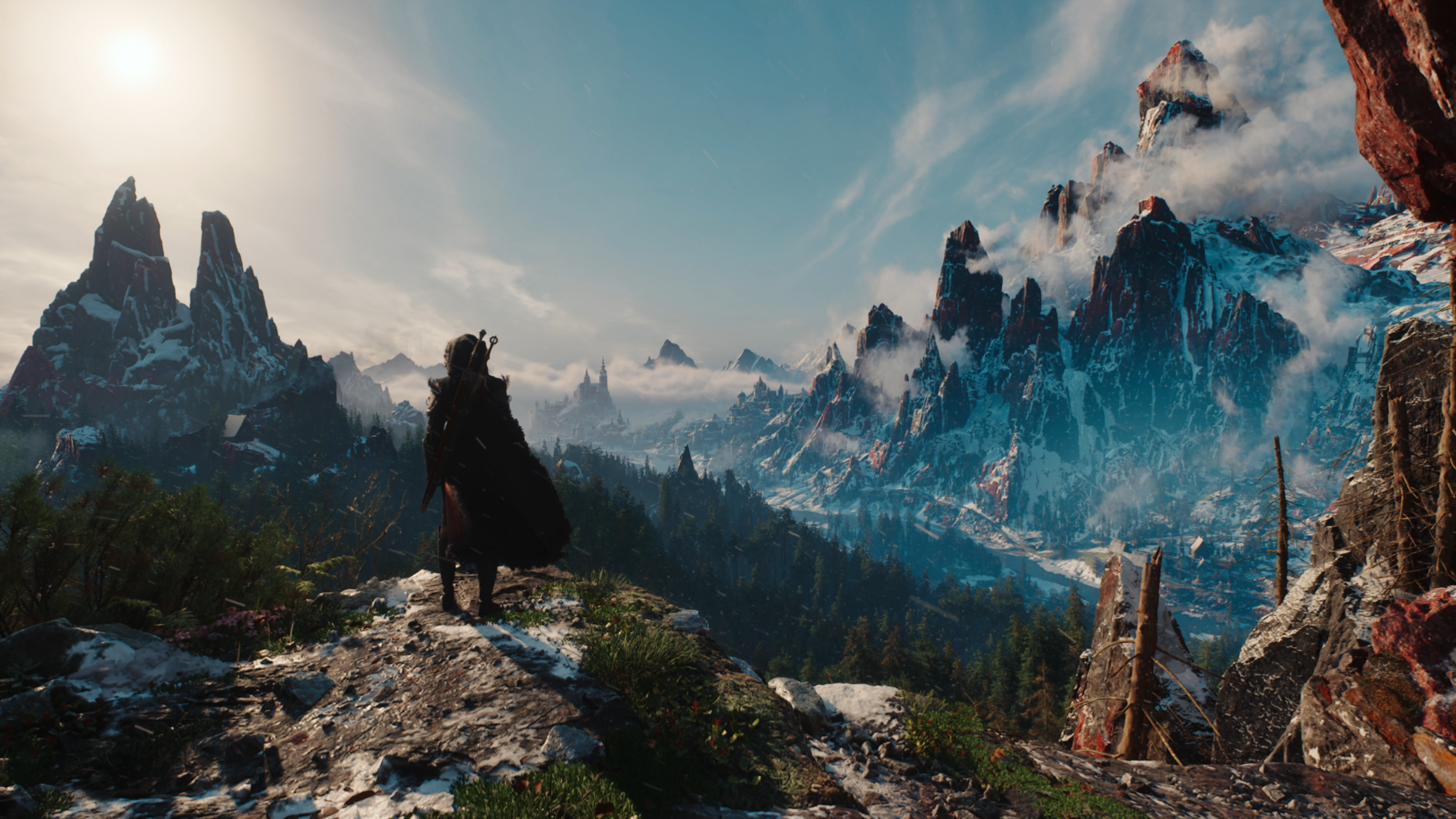Award-winning animation is a mixed media masterpiece
Animator Kirk Hendry reveals why he made the move to CG to create this enchanting short film, Junk.
Junk, a short film about a boy and his obsession with junk food by director Kirk Hendry of London-based studio Th1ng, has taken the world by storm. Since debuting at the prestigious Annecy International Animation Festival in France in 2013, the animation has been officially selected at over 100 film festivals around the world.
Putting to one side the bevy of awards, including The Creative Circle Awards (Most Promising Newcomer), Animation Block Party, New York (Best Experimental film), The Pentedattilo Film Festival in Italy (Best Animation), as well as nominations for Best Short Film at the British Independent Film Awards, British Animation Awards, Rushes Soho Shorts and Bafta (long-listed for Best Short Animation), we spoke to Hendry to discuss his leap into 3D.
Junk's theme of our fixation with short-lived 'things' and fast food anchors the whole animation. "Aside from the 3D elements and the live-action effects footage, everything in the film is just photos from the internet," says Hendry.
"This amazed me: that you could be anywhere in the world with a laptop and internet connection, and source your entire movie from the thousands of things people have uploaded. In that way it’s collage, but put together in a way where the source material is essentially unrecognisable."

Moving to 3D
Part of that process involved using 3D software and techniques to stitch Junk's elements together. "This was the first time I had used 3D. In fact, it was the first time I'd used most of the tools," says Hendry, explaining that prior to working on Junk he’d only ever used Photoshop and Final Cut Pro.
"For 3D we used Maya and Max. Most of the film was a combination of 2D cutouts, set up in After Effects, with 3D enhancements where necessary." In the end, 50 per cent of the shots featured 3D. The ocean scenes as the food-loving protagonist sets sail were created entirely in Maya.
This was the first time I had used 3D. In fact, it was the first time I'd used most of the tools
The Jasper leviathan rising out of the depths was a 2D character put into the 3D setup. "Everything else was modelled and animated within
Maya," says Hendry. The ocean sequence alone took Kirk and his team five months to create - it became like a mini-movie.
As a 2D animator Kirk approached the use of 3D as a 'cheat'; the objective was to trick viewers into watching a blend of both formats. The silhouette puppetry moves from Photoshop blends to 3D compositing.
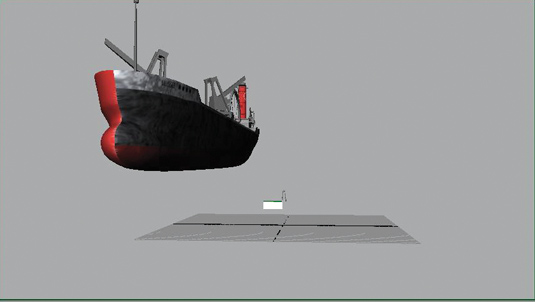
"We used 3ds Max for the scene of Jasper sitting on top of the dilapidated burger joint, since we were covering it from multiple angles," says Hendry. Max was also used for the general 3D that populated various shots, including smoke coming out of the train, the bridge the train is on, the grass on Primrose Hill in the opening shot and various chains and cauldrons in the factory.
"We used 3D any time we needed some perspective change that we couldn’t cheat by moving 2D planes against one another. I designed the film playing to my own strengths, in this case Photoshop and blending 2D together. Since this was my first animated film, the trick was working out what I could get away with by doing things simply."
Seamless blending
For Hendry, the most impressive technical aspect of Junk is the successful blending of so many different elements. "It's almost a collage, but most of it feels in-camera, like a miniature set that we shot in stop-motion," explains Hendry.
"There are the thousands of cutout photos, live-action effects elements shot against black, such as snow, smoke, sparks, paint in water for clouds and 3D-generated elements. But you look at the film as a whole and it all sits together. The 3D compositing tools really made that possible."
The 2D elements were set up within a 3D space using After Effects. Cameras from 3ds Max and Maya were imported into After Effects so everything would lock together, and further elements could be added to the comp that incorporated the move. "Fairly standard stuff," says Hendry. "However, since I'd never done anything like that before, it was a learning curve nonetheless."
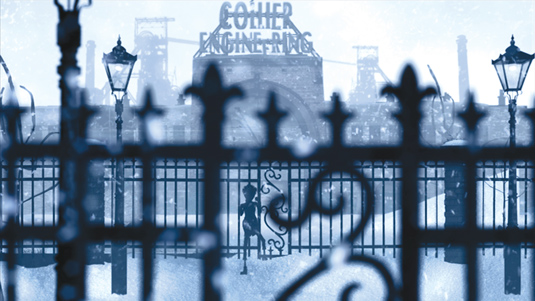
Speaking with an artist rooted in 2D animation about the move into 3D, it's interesting to gauge his reaction to the techniques afforded by using 3ds Max and Maya. Hendry is keen the point out that both fields have their advantages and disadvantages, and harnessing the best of both worlds for Junk proved enlightening.
"I usually say that if you want something to look photoreal, the best way is also the quickest way - use a photo. Cut it out and put it into your scene. If lit, coloured and blurred correctly, this can look great very quickly. Nothing beats reality. Plus, all the changes you want to make to it can be done later when using your compositing tool. However, if you need something covered from multiple angles (a set essentially) or with a perspective change or anything other than a simple camera move, then you probably need to use 3D or miniatures."
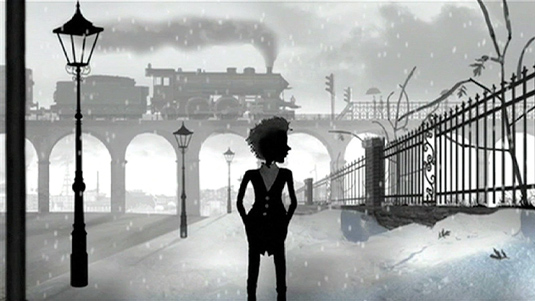
Kirk works out what needs to be 3D and what can be done in 2D on a shot-by-shot basis. Because 3D is render-heavy and needs any changes updated in the compositing tool, "which can be a slow and potentially creatively stifling process," says Hendry, he approaches it with caution.
"But this is possibly because I do a lot of compositing, and just like to have things in the comp so I can properly light and finesse them. I am not approaching the film from a 3D operator's perspective, so I sometimes become impatient with it." For Hendry, the benefit of blending 2D and 3D is you get the realism of 2D photos with their unparalleled texture, edges and lighting, with the perspective change and dynamics of 3D.
The future of animation
"I think one of the most exciting aspects of the future of 3D and digital is in the creative blend of mixed media," states Hendry, explaining how traditionally mixed media has always looked quite collage-heavy and flat. "Now it is possible to do mixed media that doesn't look like collage," he continues.
"I think this is where animated feature films will go. I believe that the visual style will be driven purely by the sensibility of the filmmaker; animation will no longer mean hand drawn, 3D or stop-motion. Instead it will be a combination of everything."
I think one of the most exciting aspects of the future of 3D and digital is in the creative blend of mixed media
Hendry sees a future where films employ many old-fashioned techniques in a deliberate attempt to get back to a sense of an organic, handcrafted feel. Miniatures and animation of all kinds - hand drawn, stop-motion, 3D, live action, matte paintings - can all be combined digitally (with keying, tracking, comping, virtual cameras) and blended in a way where the joins are invisible, creating a world that's immersive and utterly charming.
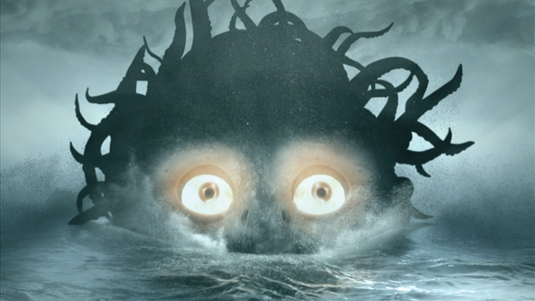
"I think there will be a move away from slickness by some sections of filmmakers and filmgoers, and a renaissance of some traditional forms of movie magic that will get a very exciting kick in the pants by their marriage with digital and 3D," says Hendry excitedly. "But I'm probably just saying this because that's what I want to see as an audience member; the reality is we'll see all of this and more. There is no question it's a very exciting time for films and storytelling in general."
New Zealand-born Kirk Hendry is a freelance filmmaker represented by London production studio Th1ng. His short films Junk and Round have screened at over 150 festivals and won several awards. He is currently developing a feature-length film based on the book Kensuke’s Kingdom.

Thank you for reading 5 articles this month* Join now for unlimited access
Enjoy your first month for just £1 / $1 / €1
*Read 5 free articles per month without a subscription

Join now for unlimited access
Try first month for just £1 / $1 / €1
Get the Creative Bloq Newsletter
Daily design news, reviews, how-tos and more, as picked by the editors.

The Creative Bloq team is made up of a group of art and design enthusiasts, and has changed and evolved since Creative Bloq began back in 2012. The current website team consists of eight full-time members of staff: Editor Georgia Coggan, Deputy Editor Rosie Hilder, Ecommerce Editor Beren Neale, Senior News Editor Daniel Piper, Editor, Digital Art and 3D Ian Dean, Tech Reviews Editor Erlingur Einarsson, Ecommerce Writer Beth Nicholls and Staff Writer Natalie Fear, as well as a roster of freelancers from around the world. The ImagineFX magazine team also pitch in, ensuring that content from leading digital art publication ImagineFX is represented on Creative Bloq.
